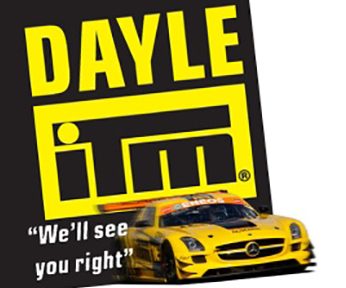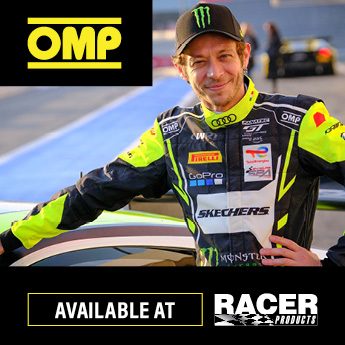This weekend Brendon Hartley gets to finally make his 24 Hours of Le Mans return.
The Kiwi hasn’t made a start at the illustrious event since 2017, when he won the event for the first time with childhood friend Earl Bamber and Timo Bernhard. Ahead of 2020’s edition, things are very different.
Hartley has since swapped teams to form part of Toyota Gazoo Racing’s No. 8 team with Sebastien Buemi and Kazuki Nakajima. And while on the surface the TS050 seems similar to the Porsche 919 Hybrid he steered to victory four years ago, that’s far from the truth.

“The beauty of the LMP1 era was that the rules were quite open and could be interpreted in a lot of different ways,” Hartley told Velocity News. “So, when we did have Audi, Porsche, and Toyota, all the cars were actually pretty different, even if we were competing for the same bit of tarmac and close on overall lap time.
“They’re equally complex [the 919 and TS050], but the 50-page driver manuals are completely different. The way that the two different cars generate energy is very different.
“The Toyota has two kinetic recovery systems; two engines front and rear which we use to recharge and deploy electrical energy. In the Porsche we had something different; a combustion engine on the rear and only an electric engine on the front. That meant they were allowed one extra electric engine, which was in the turbo.
“There were pros and cons to both, some had more options in some areas, it could be traction control or systems on the TS050 when you have engines front and rear that you can play with. It’s just different.”
What surprisingly isn’t so different is the way in which Hartley has prepared for the imminent la Sarthe marathon. Up to this point the event has been blighted by Covid-19-related lockdowns and restrictions — prompting a date change from June to September. Despite the added steps taken by team personnel and drivers, and a very different travel schedule, not much has changed from the perspective of a racing driver.
“The preparation from the team and driver’s point of view is very similar. Two weeks ago I was at the factory in Cologne on the simulator, having meetings with the team. There’s certain protocols in place in terms of mask wearing and hygiene, but honestly the preparation we do to try and succeed at Le Mans is exactly the same.
“It’s the same for all the engineers and mechanics, everyone else that’s involved from the factory. My job is keeping fit, which hasn’t changed … plenty of miles on the bike, which I enjoy doing. The actual preparation doesn’t change, it’s still the same race we have to conquer.”
The 30-year-old spent most of his time during the virus’ peak at home in New Zealand under domestic lockdown conditions. The reduced and unpredictable racing calendar made for a unique situation where many of the world’s racing stars were unable to compete, apart from in a virtual sense.
“At the end of the three months I was happy to give the simulator back,” laughed Hartley. “I haven’t turned one on since.”

In that environment, Hartley says his love and appreciation for the sport grew. “I’d say [sim racing] definitely strengthened my love for the real car and having that adrenaline rush and feeling the car through the seat of my pants.
“It’s one of those things. When it’s taken away you miss it more. I’d say that was the case for a lot of people with live sports, occupations in sport, whatever … we all started missing it. I’d say it definitely strengthened my love for racing. As much as [sim racing] was fun, nothing can compare to that adrenaline and excitement you get from racing.”
Next to Formula 1’s successful post-lockdown restart, the 88th running of Le Mans is arguably the motorsport world’s most significant event of the year. Fifty nine entries will line up on the grid; 177 drivers representing 31 different nations hoping to survive the 24-hour distance.
“I really love endurance racing, I love Le Mans. It wasn’t something I dreamed about growing up, but it was something I fell in love with after doing it for the first time. It was definitely my goal to be back at Le Mans,” Hartley added.
“The rules are going to change again [with the hypercar era], we’re going to maybe see a different style of racing, a different kind of competition going forward. But the race itself is always going to have that history, that atmosphere, that prestige.
“I love it. Very happy to be back.”
















